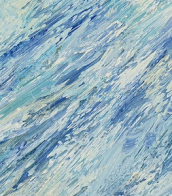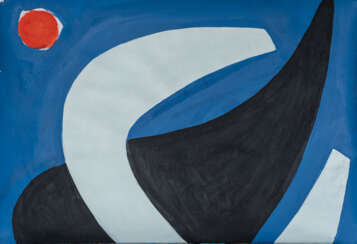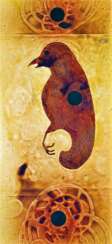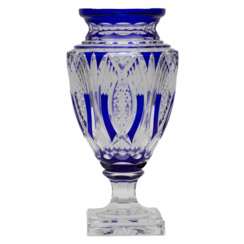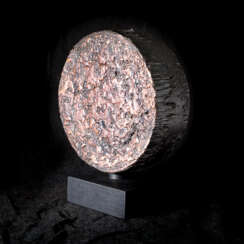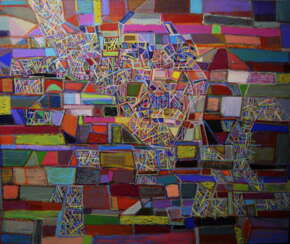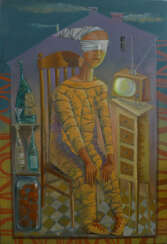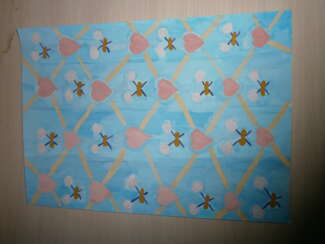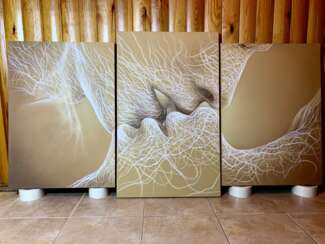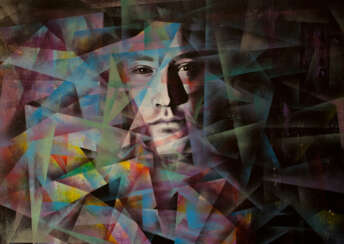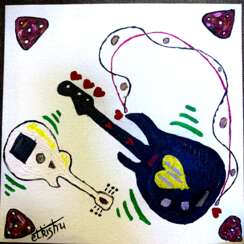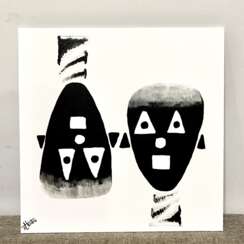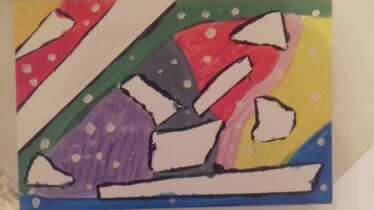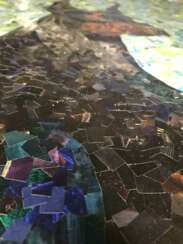1446 Items by auctions and galleries:
géométrique
Choke rNecklace
Elena Zimovets (b. 1956) 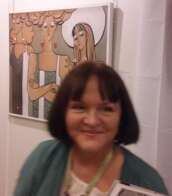 Shop Zimovets Elena
Shop Zimovets Elena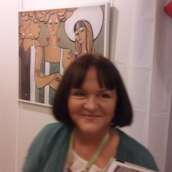

Elena Zimovets
08.05.1956
France
Professional certified fashion designer, painter, illustrator and graphic designer.
Graduated from the Moscow Textile University named after Kosygin, Faculty of Applied Arts (since 1982).
From 1982 to 1993 she worked at the House of Models as the chief designer and designer: she created collections of ready-to-wear and Haute Couture clothes.
From 1999 to 2002 - Lecturer at the International Private Academy of Audiovisual Arts in disciplines: painting, drawing, composition, modeling and costume history and color graphics.
In 2008 in Portugal (Portimao) a personal exhibition "In harmony with the soul" was successfully held,
The exhibition was widely covered by television, radio and the press.
Member of the GemlucArt Monaco community.
Recent exhibitions:
2016 - Suquet des arts, Cannes, France
2016 - GemlucArt, Monte Carlo Contemporary Art Fair, Monaco
2017 - GemlucArt, Monte Carlo Contemporary Art Fair, Monaco
2018 - "Russian Seasons Club" - Exhibition in Gray d'Albion, Cannes.
2019-2020 - Personal exhibition in Grasse. Paintings are in private collections.
About creativity:
“I have developed my own painting technique on transparent fabrics such as organza. This is not batik, but color graphics and painting on fabric. I also work in other techniques and with different materials: pastel, acrylic, oil, watercolor, etc.
Recently, I have been researching movement and pulsation: forms, lines and points in abstract painting and in space, as well as their architectonics. I developed my own technique and style, working with line and point, namely with drops of paint, which I then stretch into lines of different thicknesses. This is my conceptual idea for my abstract painting. Its origin lies in my works in the style of Khokhloma and Zhostovo, on which I worked in the 70s of the 20th century.

Artist shop
Zimovets Elena
France
Number of products: 12
Lot 527 Günther Förg. Mr Blue, Mr Orange, Mr Green, Mr Brown
Gunther Förg (1952 - 2013) 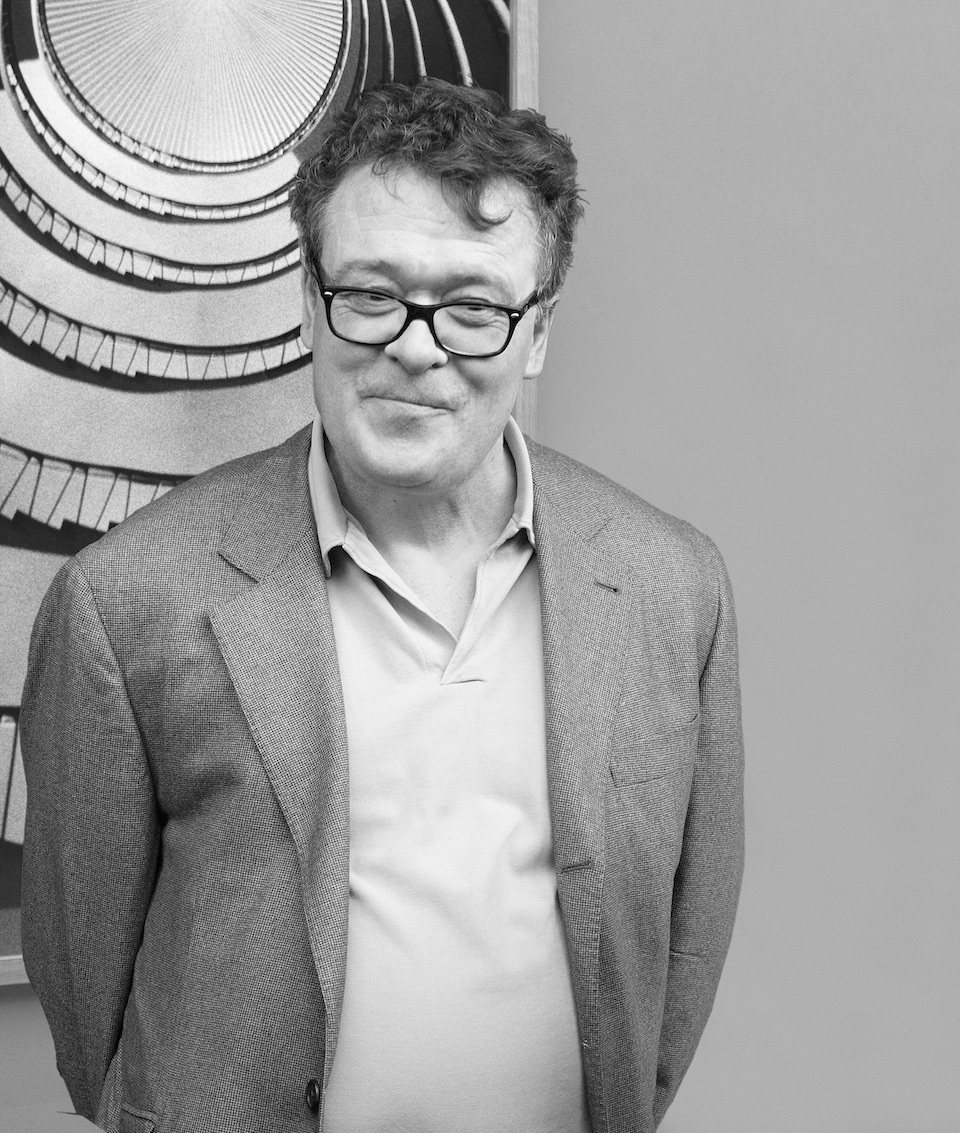 A541: Evening Sale
A541: Evening Sale 

Gunther Förg
05.12.1952 - 05.12.2013
Germany
Günther Förg was a German painter, graphic designer, sculptor and photographer. His abstract style was influenced by American abstract painting.

VAN HAM Kunstauktionen GmbH
A541: Evening Sale
Date: 03.12.2025 18:00 UTC +01:00
Number of lots in the catalog: 519
Древнее солнце
PAVLOVSKYDESIGN metal and painting (b. 2020)  Shop metal and painting PAVLOVSKYDESIGN
Shop metal and painting PAVLOVSKYDESIGN
PAVLOVSKYDESIGN metal and painting
02.07.2020
Russia
Проект PAVLOVSKYDESIGN (всегда на латинице) объединяет семью Александра, Никиты (Onda) и Анастасии Павловских. Они пришли в проект из разных творческих специальностей и считают, что эта разница при хорошем взаимопонимании дает интересный результат.
Проект начал свое существование в 2020 году, в мае 2021 прошла персональная выставка мастерской. Она называлась «PANTONE 18-1248 RUST» (один из цветов года 2021 – цвет ржавчины) и была посвящена следам времени и событий. Тема выставки явилась знаковой для 2021 года, года пандемии.
О проекте:
Участникам проекта близка концепция о взаимотворчестве человека, природы и времени, при этом темы произведений отражают самые разные проблемы, волнующие авторов на момент создания.
Часто используя материалы с историей – старый производственный металл, кварцевое и переработанное стекло, старое дерево – авторы хотят показать красоту этих материалов с отметинами времени, ведь это след самой жизни, который часто подсказывает идею работы.
Одна из задач проекта – дать вторую, совершенно новую жизнь в искусстве и пространстве тому, что принадлежало уходящей индустриальной эпохе. Дать возможность зрителю взглянуть новым взглядом на совершенно обычные фрагменты, прочувствовать «биографию» материала, приподнять над обыденностью «отходы производства».
Ведь современные люди – последние свидетели старых методов производства и привычных технологий, на наших глазах мир стремительно и необратимо меняется. Куски металла становятся артефактами и занимают достойное место в ряду памятников времени.
Artist shop
metal and painting PAVLOVSKYDESIGN
Russia
Number of products: 10
Спокойствие миров Зеленой розы
Yulia Ryabova (b. 1972)  Shop Ryabova Yulia
Shop Ryabova Yulia

Yulia Ryabova
05.01.1972
Russia
Я digital художник. Пишу арты на философские темы и по мотивам стихов. Предпочитаю яркие красочные цвета, которые вызывают положительные эмоции. Еще люблю оптические иллюзии и необычные формы.

Artist shop
Ryabova Yulia
Russia
Number of products: 60
Георгин
Sergey Karpukhin (b. 1960) 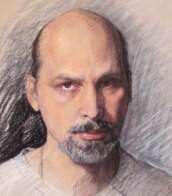 Shop Karpukhin Sergey
Shop Karpukhin Sergey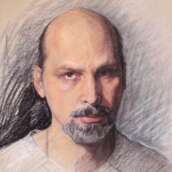

Sergey Karpukhin
11.05.1960
Russia
Член Союза московских архитекторов, Член Творческого союза художников России, Член Союза кинематографистов России, член Гильдии режиссеров. Сценарист, режиссер, продюсер, художник, фотограф, архитектор.
Первую половину жизни работал, как художник и архитектор, занимался фотографией и философией. Вторую половину, работаю как режиссер и сценарист, не оставляя при этом изобразительного искусства и философии. Окончил художественный факультет Красноярского художественного института, ФПК градостроительства МАРХИ и ВГИК- ВИППК.
НАГРАДЫ:
1991 Первая премия, Философские инновационные игры «Культура и
образование III тысячелетия», г. Москва.
1994 Премия «НИКА» за лучший научно-популярный фильм
1993 года, (совместно с В.М. Кобриным), Россия.
2008 Приз «Лучший телевизионный фильм». II Российский
фестиваль социально значимых телепрограмм и
телефильмов «Герой нашего времени», Россия.
2008 Приз «ФОНДА ДЖОНА Д. И КЭТРИН Т. МАКАРТУРОВ», США.
XIV Международный фестиваль фильмов о правах
человека «СТАЛКЕР».
2008 XIII Международный фестиваль кинофильмов и
телепрограмм «РАДОНЕЖ». Диплом II степени,
Россия.
2015 Приз «Серебряный Витязь». VI Международный
славянский литературный форум «Золотой Витязь»,
Россия.
2016 Приз «Белая голубица», Tesla Global forum,
Сербия.
2017 Гран При в номинации «Научная работа» Международного творческого
конкурса «Гомер», Греция, Афины.
2017 Диплом «За непревзойденную культурную деятельность»
в номинации «Лучшее философское
произведение» Международной литературной премии
им. Нодара Джина, Греция, Афины.
2017 Золотой диплом VIII Международного славянского
литературного форума «Золотой Витязь».

Artist shop
Karpukhin Sergey
Russia
Number of products: 23
Communications
Alex Rubanov (b. 1972) 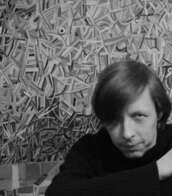 Shop Rubanov Alex
Shop Rubanov Alex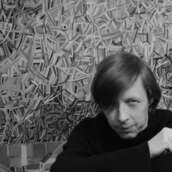

Alex Rubanov
24.06.1972
Ukraine
Rubanov Alexey - Member of the National Union of Artists of Ukraine.
The Participant republican and international exhibitions.
Work are found in quotient collection different countries of the world.
Rubanov Aleksej works in the various genres of painting is a portrait, landscape, still life, genre composition.
Work of artist a decorativeness, simplification of forms, thin colour and dynamic rhythmics, is peculiar to.
Style of works contains symbolism, expressionism, impressionism, abstraction and moderne.
The Color in painting main, on the first place And an object is secondary.
In fact color it is a sound, and music it painting...
Exhibitions:
2020 – «Home and Co-existence» The Second Dafen International Oil Painting Biennale, Shenzhen 2020
2019 - 3rd Alytus International Visual Art Biennial
«ART MEASURE. EVENTS HORIZON» 2019
2019 - The first international triennial "Philosophy of Traveling" 2019, Kremenchug, Ukraine
NATIONAL PAVILION OF UKRAINE AT THE 58TH INTERNATIONAL ART EXHIBITION –LA BIENNALE DI VENEZIA-2019
The first All-Ukrainian Triennial exhibition of "NYU-ART" 2018, Kremenchuk, Ukraine.
International symposium “Colour & Form”2018 Alytus, Lithuania.
3rd Alytus International Biennial of Young Creators .
"ART CODE: LT 100. YOUTH" 2018. Alytus, Lithuania.
The 7th Beijing International Art Biennale, China 2017 "The Silk Road and World’s Civilizations" – 2017.
International Art Exhibitions “Paint one Another, Know one Another” in Yan-Huang Art Museum -, Beijing, China- 2016.
The 6 Beijing International Art of Bienniale - 2015 (BIAB-China-2015 - " Memory and Dreams ")
All-Ukrainian Triennial Abstract art Art Act of 2013 (Chernivtsi)- FIRST PRIZE
All-Ukrainian Triennial of Painting - 2013 (Kiev)
Personal exhibition ,,RHYTHM And BLUES,,- 2011(Komsomolsk)
Republican Art open-air 2011" Kiev picturesque"2011 (Kiev).
The international Art open-air project «Magnus Ducatus Artis» 2010 (ODESSA AREA / New Frumushika - 2010)
Republican exhibition Portret 2

Artist shop
Rubanov Alex
Ukraine
Number of products: 10
Внутри
Dmitri Ivanov (DIVANOV) (b. 1967) 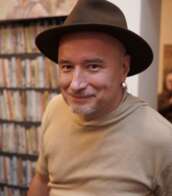 Shop Ivanov (DIVANOV) Dmitri
Shop Ivanov (DIVANOV) Dmitri

Dmitri Ivanov (DIVANOV)
28.11.1967
Russia
Дмитрий Иванов (DIVANOV)
Закончил ЛХУ им. Серова (Н.Рериха) в 1987 г.
С 1990 по 2008г. жил в США.
Был участником выставок в Нью-Йорке и Нью-Джерси.
Многие работы находятся в частных коллекциях в США, Германии, Франции, Латвии и России.
С 2008 г. живу и работаю в Санкт- Петербурге.

Artist shop
Ivanov (DIVANOV) Dmitri
Russia
Number of products: 5
Картина. Недорогая картина. Сердца. Узоры. Обои. Красивые обои в детскую комнату.
Olga Chernova (b. 2007)  Shop Chernova Olga
Shop Chernova Olga
Olga Chernova
06.07.2007
Russia
Доброго времени суток, я художник! И моя цель принести в ваш дом красоту и уют. Большинство моих картин созданы именно для интерьера детской комнаты. В своих работах я отражаю всю красоту мира. Они очень привлекают детей, потому что эта особая техника очень близка им. Я пишу работы в разных жанрах, но все картины объединяет одна тема - счастье детей и мир их глазами. Для кого то мои работы не понятны и вселяются непонимание, но их не стоит воспринимать близко, ведь дети никогда не берут картины во что то с очень глубоким смыслом. Если быть проще, то можно понять все мои работы! Удачных покупок в моём мини магазинчике!
Artist shop
Chernova Olga
Russia
Number of products: 14
Illusion of reflection
Stanislav Sotnikov (b. 1988)  Shop Sotnikov Stanislav
Shop Sotnikov Stanislav

Stanislav Sotnikov
28.05.1988
Byelorussia
Станислав Сотников. Родился в Могилеве (Беларусь). Музыкант, певец, художник.
Любимые направления: сюрреализм, абстракционизм.

Artist shop
Sotnikov Stanislav
Byelorussia
Number of products: 7
Недорогая картина. Интерьер. Абстракция.
Olga Chernova (b. 2007)  Shop Chernova Olga
Shop Chernova Olga
Olga Chernova
06.07.2007
Russia
Доброго времени суток, я художник! И моя цель принести в ваш дом красоту и уют. Большинство моих картин созданы именно для интерьера детской комнаты. В своих работах я отражаю всю красоту мира. Они очень привлекают детей, потому что эта особая техника очень близка им. Я пишу работы в разных жанрах, но все картины объединяет одна тема - счастье детей и мир их глазами. Для кого то мои работы не понятны и вселяются непонимание, но их не стоит воспринимать близко, ведь дети никогда не берут картины во что то с очень глубоким смыслом. Если быть проще, то можно понять все мои работы! Удачных покупок в моём мини магазинчике!
Artist shop
Chernova Olga
Russia
Number of products: 14
Музыкальная пара
Kateryna Kish (b. 1989)  Shop Kish Kateryna
Shop Kish Kateryna

Kateryna Kish
24.05.1989
Ukraine
Etkish’u - это уникальная коллаборация двоих, Романа и Екатерины.
Роман всегда рисовал уникальную графику, схожей на которую в мире нет. Катя всегда любила краски. Идея пробовать работать вместе пришла спонтанно, когда однажды Роман увидел, как Катя разрисовывает один рисунок.
Все картины написаны двумя, эскизы рисует Роман, а масляной краской наполняет их Екатерина. Они друг без друга работать не могут, так как идеи есть только у Романа, а красками владеет Катя.
Все работы уникальны, современное искусство, часто минимализм, фантастика, главная тема: космос.

Artist shop
Kish Kateryna
Ukraine
Number of products: 28
Другое Дерево
Kateryna Kish (b. 1989)  Shop Kish Kateryna
Shop Kish Kateryna

Kateryna Kish
24.05.1989
Ukraine
Etkish’u - это уникальная коллаборация двоих, Романа и Екатерины.
Роман всегда рисовал уникальную графику, схожей на которую в мире нет. Катя всегда любила краски. Идея пробовать работать вместе пришла спонтанно, когда однажды Роман увидел, как Катя разрисовывает один рисунок.
Все картины написаны двумя, эскизы рисует Роман, а масляной краской наполняет их Екатерина. Они друг без друга работать не могут, так как идеи есть только у Романа, а красками владеет Катя.
Все работы уникальны, современное искусство, часто минимализм, фантастика, главная тема: космос.

Artist shop
Kish Kateryna
Ukraine
Number of products: 28
Близнецы
Kateryna Kish (b. 1989)  Shop Kish Kateryna
Shop Kish Kateryna

Kateryna Kish
24.05.1989
Ukraine
Etkish’u - это уникальная коллаборация двоих, Романа и Екатерины.
Роман всегда рисовал уникальную графику, схожей на которую в мире нет. Катя всегда любила краски. Идея пробовать работать вместе пришла спонтанно, когда однажды Роман увидел, как Катя разрисовывает один рисунок.
Все картины написаны двумя, эскизы рисует Роман, а масляной краской наполняет их Екатерина. Они друг без друга работать не могут, так как идеи есть только у Романа, а красками владеет Катя.
Все работы уникальны, современное искусство, часто минимализм, фантастика, главная тема: космос.

Artist shop
Kish Kateryna
Ukraine
Number of products: 28
Елка зазеркалья
Kateryna Kish (b. 1989)  Shop Kish Kateryna
Shop Kish Kateryna

Kateryna Kish
24.05.1989
Ukraine
Etkish’u - это уникальная коллаборация двоих, Романа и Екатерины.
Роман всегда рисовал уникальную графику, схожей на которую в мире нет. Катя всегда любила краски. Идея пробовать работать вместе пришла спонтанно, когда однажды Роман увидел, как Катя разрисовывает один рисунок.
Все картины написаны двумя, эскизы рисует Роман, а масляной краской наполняет их Екатерина. Они друг без друга работать не могут, так как идеи есть только у Романа, а красками владеет Катя.
Все работы уникальны, современное искусство, часто минимализм, фантастика, главная тема: космос.

Artist shop
Kish Kateryna
Ukraine
Number of products: 28
Шамбала
Kateryna Kish (b. 1989)  Shop Kish Kateryna
Shop Kish Kateryna

Kateryna Kish
24.05.1989
Ukraine
Etkish’u - это уникальная коллаборация двоих, Романа и Екатерины.
Роман всегда рисовал уникальную графику, схожей на которую в мире нет. Катя всегда любила краски. Идея пробовать работать вместе пришла спонтанно, когда однажды Роман увидел, как Катя разрисовывает один рисунок.
Все картины написаны двумя, эскизы рисует Роман, а масляной краской наполняет их Екатерина. Они друг без друга работать не могут, так как идеи есть только у Романа, а красками владеет Катя.
Все работы уникальны, современное искусство, часто минимализм, фантастика, главная тема: космос.

Artist shop
Kish Kateryna
Ukraine
Number of products: 28
Панно с зеркалом «Мементо Мори»
Anna Gebauers (b. 1986)  Shop Gebauers Anna
Shop Gebauers Anna

Anna Gebauers
17.02.1986
Russia
I am a designer, sculptor and artist. I create unique art works, as well as works with deep meaning for collectors and art lovers.
Я дизайнер , скульптор и художник. Создаю уникальные художественные работы , а так же произведения с глубоким смыслом для коллекционеров и ценителей искусства.

Artist shop
Gebauers Anna
Russia
Number of products: 2
Deep green
Vsevolod Shergin (b. 1992)  Shop Shergin Vsevolod
Shop Shergin Vsevolod

Vsevolod Shergin
13.02.1992
Russia
Здравстуйте! рад видеть вас на моей странице! Меня зовут Всеволод, мне 29 лет и я профессиональный актер театра и кино и художник. Живу и работаю в Москве. Живописью занимаюсь с девяти лет, закончил Областную школу искусств в Иркутске и ВТУ им. М.С.Щепкина. Моим основным направление сейчас является абстракция и стрит-арт. Также по настроению и просьбам друзей занимаюсь кастомизацией одежды. Мне очень импонируют люди с хорошим вкусом, надеюсь именно для таких людей я и создаю свои картины, как бы нескромно это не звучало. Готов обсудить цену своих работ, а также условия доставки.

Artist shop
Shergin Vsevolod
Russia
Number of products: 8
«Золтен»
Natali Chernoukhova (b. 1994)  Shop Chernoukhova Natali
Shop Chernoukhova Natali

Natali Chernoukhova
29.03.1994
Russia
Хай. Я являюсь представителем вымирающего вида ДПИ и НХК. Поклонница футуризма, минимализма и эко.
Привыкла работать с природными материалами. Изготавливать кропотливо в различных техниках свой декор.

Artist shop
Chernoukhova Natali
Russia
Number of products: 4




